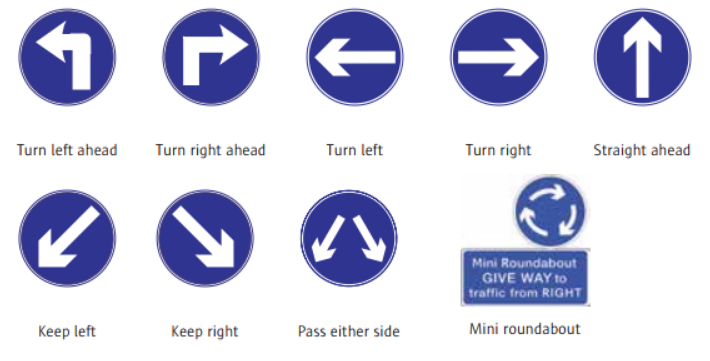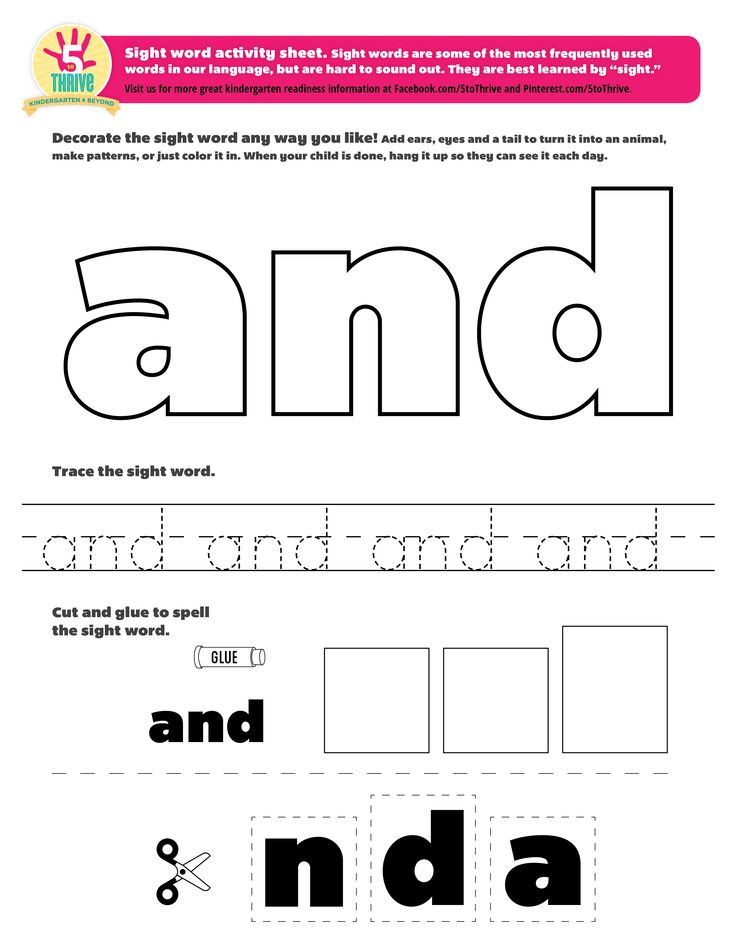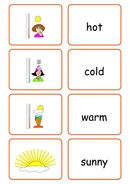Homer school new york
Homer School District - Homer, NY
Homer Central School District Schools
School Name
City
Grade Level
County
Hartnett Elementary School
Truxton
K-6
Cortland County
Homer Elementary School
Homer
K-2, UE
Cortland County
Homer High School
Homer
9-12
Cortland County
Homer Intermediate School
Homer
3-6
Cortland County
Homer Junior High School
Homer
7-8
Cortland County
Student Enrollment Information
| Kindergarten (Full Day) |
1st | 2nd | 3rd | 4th | 5th | 6th | 7th | 8th | 9th | 10th | 11th | 12th | Ungraded Elementary |
|---|---|---|---|---|---|---|---|---|---|---|---|---|---|
| 146 | 136 | 149 | 171 | 148 | 177 | 178 | 191 | 191 | 207 | 195 | 179 | 177 | 40 |
Total Students:
2285
Attendance Rate:
95%
Suspensions:
65
Year Statistics Compiled:
2005
District teacher data and statistics
| Superintendent: | Douglas Larison | |
| Full Time | Part Time | |
| Principals | 5 | 0 |
| Assistant Principals | 1 | 0 |
| Teachers | 185 | 2 |
| Other Professional Staff | 20 | 1 |
| *Staff data was compiled in 2006 | ||
District Administrative Salaries
Title
Salary
Benefits
Other
Total Compensation
Superintendent Of Schools
$121,875
$22,029
$5,000
$148,904
Note: Data from the 2004-05 school year. It is a requirement that districts report the salaries of the superintendent; the deputy, assistant or associate superintendents; and other administrators or supervisors paid in excess of $113,000.
Adequate Yearly Progress Decisions
Sub-Group Names
Satisfactory
School Year
Subject:Elementary / Middle School English Language Arts
All Students
Yes
2006
White
Yes
2006
Students With Disabilities
No
2006
Economically Disadvantaged
Yes
2006
Subject:Elementary / Middle School Math
All Students
Yes
2006
White
Yes
2006
Students With Disabilities
Yes
2006
Economically Disadvantaged
Yes
2006
Subject:Elementary / Middle School Science
All Students
Yes
2006
Subject: High School English Language Arts
All Students
Yes
2006
White
Yes
2006
Subject:High School Graduation Rate
All Students
Yes
2006
White
Yes
2006
Students With Disabilities
Yes
2006
Subject:High School Math
All Students
Yes
2006
White
Yes
2006
Regents Results
Subject
Year
# Tested
Percent Passing
Earth Science
2006
199
82. 4%
4%
English
2006
163
81.6%
French
2006
35
97.1%
German
2006
8
100.0%
Global Hist & Geography
2006
202
80.2%
Living Environment
2006
213
85.4%
Math A
2006
186
90.9%
Math B
2006
101
85.1%
Chemistry
2006
72
87.5%
Physics
2006
45
97.8%
Spanish
2006
67
98.5%
US History and Govt
2006
178
91.0%
Graduation Info
Group
High School Graduate
Regents Diplomas
Advanced Regents Diplomas
IEP / Local Certificates
Year
All Students
160
141 (88%)
79 (49%)
4
2006
All Students
167
140 (83%)
91 (54%)
7
2005
All Students
161
114 (70%)
0 (0%)
8
2004
General Education
143
132 (92%)
76 (53%)
2006
General Education
146
129 (88%)
90 (61%)
2005
General Education
141
111 (78%)
0 (0%)
2004
Students With Disabilities
17
9 (52%)
3 (17%)
4
2006
Students With Disabilities
21
11 (52%)
1 (04%)
7
2005
Students With Disabilities
20
3 (15%)
0 (0%)
8
2004
Student Post-Graduation Plans
Number of high school students planning to attend 4 year colleges In New York State
46 (28%)
Number of high school students planning to attend 4 year colleges Outside of New York State
19 (11%)
Number of high school students planning to attend 2 year colleges In New York State
63 (39%)
Number of high school students planning to attend 2 year colleges Outside of New York State
0 (0%)
Number of high school students planning to attend Post Secondary institutions In New York State
0 (0%)
Number of high school students planning to attend Post Secondary institutions Outside of New York State
0 (0%)
Number of high school graduates who plan to enroll in the Military
5 (03%)
Number of high school graduates who plan to pursue employment
13 (03%)
Number of high school graduates with disabilities who plan to attend vocational rehabilitation programs.
0 (0%)
Number of high school graduates with a known plan not specified above.
7 (04%)
Number of high school graduates whose plans do not fit the above categories or are unknown.
7 (04%)
2005/06 District Expenditure & Revenue Information
|
The Town in the Post-World War II Era – Town of Homer, NY
While Europe was in conflagration in the last year of World War II, a destructive fire befell the village of Homer. On the evening of January 26, 1945, Supervising Principal Louis J. Wolner calmly asked everyone attending a basketball game in the school gym to depart in an orderly fashion. Fire was ravaging the elementary section of the Homer Academy on the Green (School District No. 1). Classes had to be housed at various places around the village — St. Margaret’s Church on Copeland Avenue, upstairs in the fire station, Phillips Free Library — until a new addition was ready in 1951. The basement of the Town Hall was used, too, for grade three classes. The auditorium/theater had frequently been used through the years for school plays and even commencement exercises.
On the evening of January 26, 1945, Supervising Principal Louis J. Wolner calmly asked everyone attending a basketball game in the school gym to depart in an orderly fashion. Fire was ravaging the elementary section of the Homer Academy on the Green (School District No. 1). Classes had to be housed at various places around the village — St. Margaret’s Church on Copeland Avenue, upstairs in the fire station, Phillips Free Library — until a new addition was ready in 1951. The basement of the Town Hall was used, too, for grade three classes. The auditorium/theater had frequently been used through the years for school plays and even commencement exercises.
In January of 1948, it was the Hall’s turn to experience a fire. Insurance of $7,363.41 covered the repairs, and fire insurance was increased from $16,400 to $51,400. The recently centralized school districts, known as Homer Central School, gave up occupancy of the Hall in 1951. In lieu of rent, the Town accepted all permanent modifications the school had made to the building, and the school would paint the interior as desired by the Board.
The 1950s saw the advent of television, and the new technology in American homes was starting to adversely affect movie theaters by offering competition. The Capitol was no exception. In early 1952, Murray Briskin closed one night a week because of “the drop in attendance,” and the Town reduced his monthly rent from $85 to $75. A public complaint was lodged concerning a smoke nuisance from the chimney of the Hall, and the matter was referred to Mr. Briskin, since he owned and operated the heating system. The theater lease came up for renewal in 1953, but only “after several months of bickering between lawyers” was an acceptable agreement reached, and the next year the rent was reduced to $60 and then to $50.
On June 7, 1955, Mr. Briskin informed the Board that he was terminating the lease and closing down the Capitol Theater. As of July 3, 1956, the Capitol Theater officially ceased to be. The marquee on the front of the Hall was removed in 1959, but remnants inside are visible today.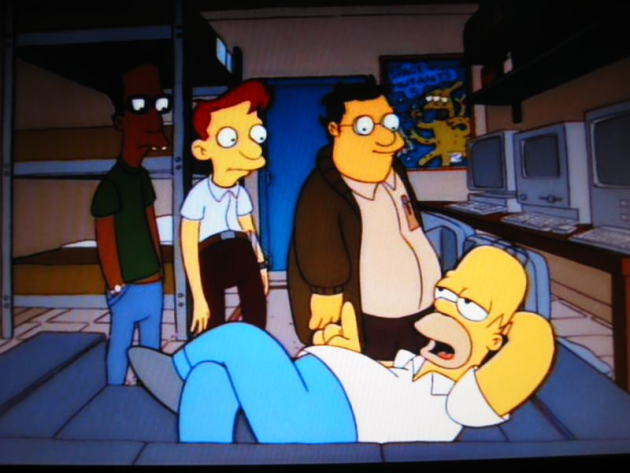 There is the ticket booth, the original carpeting and seats in the balcony, the projection booth, the original four carbon rods needed to project images, and the graffiti upon the walls of the stage. There, one finds, scrawled among the names of townsfolk, the title of one film, “The Talk of the Town,” a 1942 release starring Cary Grant as an unlawfully imprisoned activist.
There is the ticket booth, the original carpeting and seats in the balcony, the projection booth, the original four carbon rods needed to project images, and the graffiti upon the walls of the stage. There, one finds, scrawled among the names of townsfolk, the title of one film, “The Talk of the Town,” a 1942 release starring Cary Grant as an unlawfully imprisoned activist.
Upon entering the Hall today, visitors are greeted by two movie posters from the 1930s, and for a brief moment one is transported back to an earlier era. One can almost smell the buttered popcorn again and hear the dashing Rhett Butler tell the headstrong and beautiful Scarlett O’Hara, “Frankly, my dear, I don’t give a damn.” People of that era were shocked by such language being used in movie dialogue. What would they think today?
Another recreation issue of the mid- to late-50s involved complaints from the residents of the hamlet of Little York. It seems that boisterous swim parties were not uncommon after 10 PM on summer evenings at the site of the dam at the lower end of Little York Lake.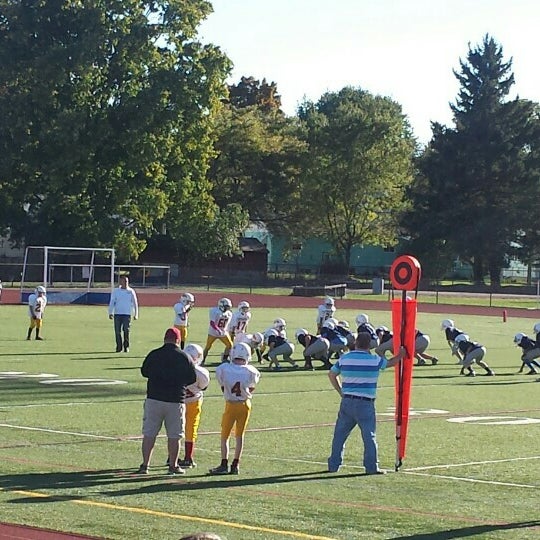 The neighbors were seeking help from the highway patrol. Later, residents requested the area be fenced off and swimming prohibited.
The neighbors were seeking help from the highway patrol. Later, residents requested the area be fenced off and swimming prohibited.
In 1955, the Town Hall was only three years shy of being fifty years old. The decision was made to replace the old flat roof of the Town Hall with “a Flintcote specification, 20 year smooth surface built-up roof including flashings.” The $499 bid was granted to Burden Roofing Company of Homer. The next year, the dome structure and roof were repainted with paint specifically to come “from local dealers.” The local Lions Club requested permission to use the Hall for motion pictures, and it was granted “at $10.00 per night.”
The post-World War II era experienced a “baby boom,” an explosive increase in the nation’s population. A birth occurred every seven seconds in the U.S.. An expanding population in the township of Homer required more municipal services, and the Town tried to accommodate. Two sites were selected and purchased for town dumps in the mid-50s: one on Brake Hill and another on the O’Shea Road.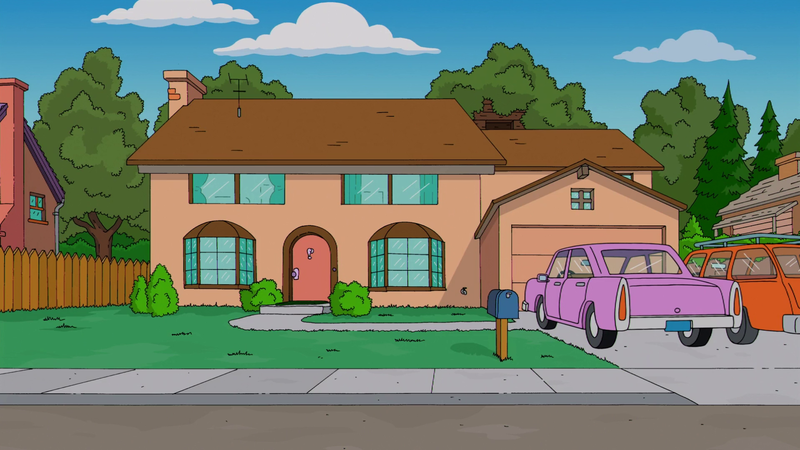 Littering along the roads leading to these dumps became an environmental problem. In 1957, a Zoning Commission, chaired by “Cap” Creal, was to prepare a much needed Zoning Ordinance. Such a document was adopted April 8, 1958. In June, a vote determined that a new town highway garage was to be constructed on Prospect Street at a cost of $56,000. In August, the Hayes Ambulance Service was contracted to provide ambulance service for the residents of the Town and Village of Homer. A Town Planning Board was appointed in February of 1959, with John Gustafson as chairman, “to provide for the sound growth and development of the Town.” That mission has been pursued by that Board to the present day. A Youth Recreation Program was initiated and a gravel quarry just north of the village became a municipal swimming pool operated by both the Town and the Village. Today, it is known as Albert J. Durkee Memorial Park, but swimming is no longer permitted there. Mr. Durkee was co-founder of Durkee’s Bakery, which operated in Homer and Cortland from 1931 to 1972.
Littering along the roads leading to these dumps became an environmental problem. In 1957, a Zoning Commission, chaired by “Cap” Creal, was to prepare a much needed Zoning Ordinance. Such a document was adopted April 8, 1958. In June, a vote determined that a new town highway garage was to be constructed on Prospect Street at a cost of $56,000. In August, the Hayes Ambulance Service was contracted to provide ambulance service for the residents of the Town and Village of Homer. A Town Planning Board was appointed in February of 1959, with John Gustafson as chairman, “to provide for the sound growth and development of the Town.” That mission has been pursued by that Board to the present day. A Youth Recreation Program was initiated and a gravel quarry just north of the village became a municipal swimming pool operated by both the Town and the Village. Today, it is known as Albert J. Durkee Memorial Park, but swimming is no longer permitted there. Mr. Durkee was co-founder of Durkee’s Bakery, which operated in Homer and Cortland from 1931 to 1972.
1958 was the Sesquicentennial, or 150th anniversary, of the County of Cortland. To celebrate its past, Homer had a long parade down Main Street, complete with floats and horses and bewhiskered members of the “Brothers of the Brush.” Being hirsute was “in.” Actually, it was required of male citizens, or you paid a two dollar “fine.” The Sixties were just around the corner. Facial hair, long locks, bell-bottom jeans, tie-dyed T-shirts, and sandals would be the fashion standard for young males after the “British invasion” by the Beatles.
Pace University | US universities
University profile
Pace University is a private university with a main campus in New York and a campus in Westchester County, New York. It was founded in 1906 by the brothers Homer St. Clair Pace and Charles A. Pace as a business school. Pace teaches about 13,000 undergraduate, graduate and doctoral students, of which about 2,500 are international students. It offers about 100 specialties in various fields.
University description
Pace originally worked at the New York Tribune Building in New York City and was known as the Pace Institute, operating in several major US cities. In the 1920s, the school dropped services outside of New York City, retaining its location in Lower Manhattan. He purchased his first permanent home in Manhattan in 1951 and opened his first campus in Westchester in 1963. Pace opened its largest building, 1 Pace Plaza, at 7 p.m.69 year. Four years later it became a university.
Rating and achievements of the university
The university is located in New York - the 2nd best city to study in the USA (QS Best Student Cities 2018)
Ranked in the top 10% in the US in terms of postgraduate earnings (College Salary Report: Best universities for a bachelor’s degree (Payscale.com 2018-19)
More than 7,000 internships and vacancies pass through the university every year
#1 private university in the US for growing economic mobility (Opportunity Insights of Harvard University
· The university is ranked 202 in the national university rankings (U.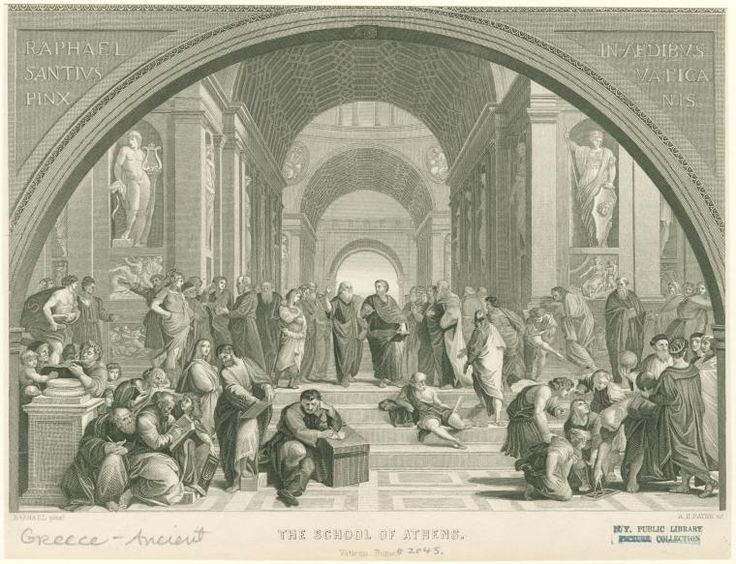 S. News rankings 2020)
S. News rankings 2020)
Location
Pace University campuses are located in New York and Westchester County. University Shuttle provides transportation between the New York and Pleasantville campuses. In addition, Pace University has a high school located just ten blocks from the university's New York campus.
New York Campus
The New York Campus is located in the heart of Lower Manhattan, near the Financial District and New York City Hospital.
It is located within walking distance of famous New York City attractions including Wall Street, World Trade Center, World Financial Center, South Street Seaport, Chinatown and Little Italy. Pace has about 950,000 square feet (88,000 m2). The main building, One Pace Plaza, is a semi-detached building bounded by Gold, Nassau, Spruce, and Frankfort Streets, directly adjacent to the Manhattan exit of the Brooklyn Bridge.
Westchester Campus
Classes first began in Pleasantville, Westchester County, New York, in 1963. The campus today consists of the former estate of then Vice President of General Foods Corporation, Wayne Marks, formerly owned by renowned 18th-century physician, Dr. George C.S. Choatu
The campus today consists of the former estate of then Vice President of General Foods Corporation, Wayne Marks, formerly owned by renowned 18th-century physician, Dr. George C.S. Choatu
The 180-acre (73 ha) campus houses the Ecological Center, built around a former 1779 farm. The center, which is dedicated to the environmental studies program, provides office and study space.
Training program
Pace University offers more than 80 undergraduate programs and over 60 graduate and professional programs. The most popular specialties are business, management, finance, economics and information technology. Dyson College of Arts and Sciences0055
Accommodation and meals
Depending on the chosen campus, the cost of living and meals vary.
New York
Accommodation in a residence in a double room from $ 7,500 per semester (accommodation is cheaper in summer). A prerequisite is food: breakfast or half board (from $ 1,000 per semester, depending on the plan.
Homestay. A week from $650, breakfast included. The average time to the university is 40-50 minutes by public transport.
Westchester
Living in a residence for two in a two-room apartment from $ 5,500 per semester (in summer, accommodation is cheaper) Food is also a prerequisite (from $ 1,855 per semester)
Course feeCost per person in USD:
| Training program | Tuition fee per year |
|---|---|
| Direct deposit* | from 45.832 |
| undergraduate path | from 13. |
| Graduate Global Pathways | from 11.500 |
*the price is for 2 semesters, including tuition, accommodation, meals and medical insurance.
Additional charge:
- Accommodation in residence
- Teaching materials
- Flight tickets
- Meeting and seeing off at the airport
- Medical insurance
- Consular fee of the embassy
- "Chancellor" services on admission
Trinity School (Trinity School) in New York USA - disciplines and tuition fees
Trinity School is located in the heart of New York - in Manhattan. Founded in 1709, the school was originally housed in the tower of Holy Trinity Church at the intersection of Broadway and Wall Street. In 1895, the school moved to its current building, and it was from that time that its active development and expansion began. Today, Trinity School is the fifth oldest school in the United States and is the oldest continuously operating educational institution in New York.
Founded in 1709, the school was originally housed in the tower of Holy Trinity Church at the intersection of Broadway and Wall Street. In 1895, the school moved to its current building, and it was from that time that its active development and expansion began. Today, Trinity School is the fifth oldest school in the United States and is the oldest continuously operating educational institution in New York.
Trinity School rightfully bears the title of one of the most prestigious schools in the country. Among the teachers of the school there are 20 doctors and 96 candidates of sciences who graduated from reputable colleges and universities from around the world. Trinity offers its students a strong curriculum, as well as extensive programs in the visual and performing arts, sports and extracurricular life. Forbes magazine named the school the best in the States for preparing students for college.
The motto of Trinity - Labore et virtute (By labor and courage) - reflects the main principles of training.
You can become a successful person only through hard work and strong commitment to your work.
Trinity School is a member of the elite Ivy Preparatory School League. The Wall Street Journal named Trinity School one of the top three schools in America. The opinion is based on the high number of students entering the most prestigious universities in the country.
Trinity School's Latin department is one of the best in Latin at other high schools in the United States. Every year, Trinity School students win the New York Classical Club's Annual Sight Translation competition and the National Scholastic Writing Competition.
The school has a lot of sporting achievements. They include IVY Preparatory League Championships in lacrosse (2013), swimming (2012,2014, 2015, 2016) and tennis (2012, 2013, 2014, 2015), as well as the first volleyball (2012), baseball (2006) and basketball (2009)) teams in the Independent Schools state championships
In order to study world cultures, understand the traditions of other nationalities and expand the worldview, The Global Travel Program has been created at Trinity School. As part of the program, schoolchildren travel to Costa Rica, Canada, India, Cuba, Colombia, South Africa and other countries.
As part of the program, schoolchildren travel to Costa Rica, Canada, India, Cuba, Colombia, South Africa and other countries.
Brilliant results in academic and additional disciplines allow Trinity School students to enter the most reputable universities in America: Yale University, Columbia University, Brown University, University of Pennsylvania, Cornell University, Stanford University, New York University, Harvard University, Duke University, Georgetown university.
Notable alumni include writer and poet Jim Carroll, tennis players John and Patrick McEnroe, New York Senator Eric Schneiderman, composer Charles Warinen, and others. the national average is 1700).
- Harvard University (37)
- University of Pennsylvania (34)
- Yale University (24)
- Brown University (28)
- University of Chicago (18)
Main disciplines:
- history, philosophy
- economy
- mathematics
- biology, physics, chemistry
- ecology, geology, energy, genetics
- foreign languages: French, Spanish, Chinese, Latin
- programming
Sports:
- football, tennis, volleyball
- water polo, swimming
- basketball, baseball
- athletics
- golf, lacrosse
- softball
- wrestling
Scientific and creative clubs:
- fine arts
- theater
- music, dancing
- city tours, country trips
- attending cultural and sporting events in New York
- school hobby clubs
Getting ready to enter Trinity School
Preparation for entrance exams (tests, interviews, essays)
TOEFL: individual preparation with experts
SSAT: US School Admissions Test
Similar overseas schools
Dwight School
USA, NY
Columbia Grammar and Preparatory School
USA, NY
The Storm King School
USA, NY
Ross School
USA, NY
St.

 562
562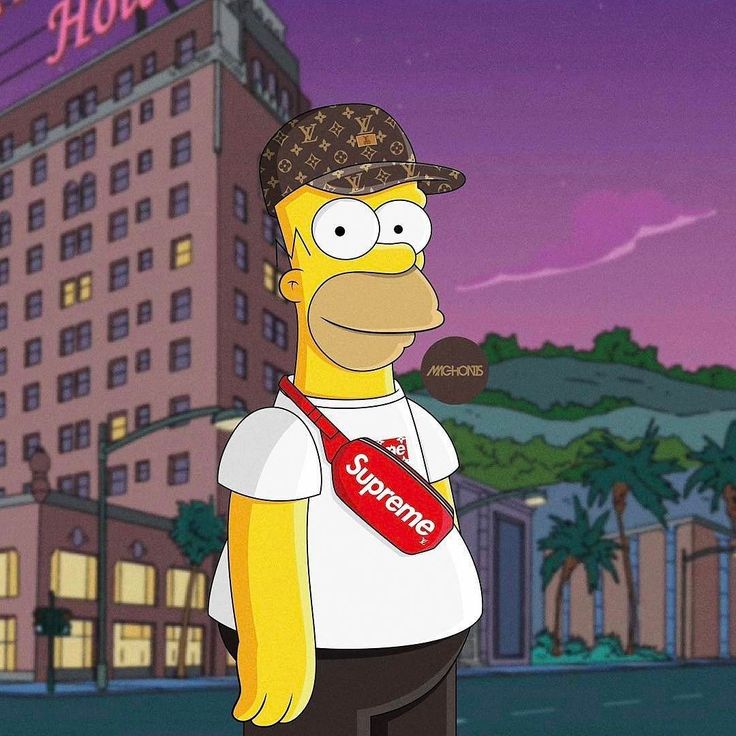 83%
83% 000
000 



